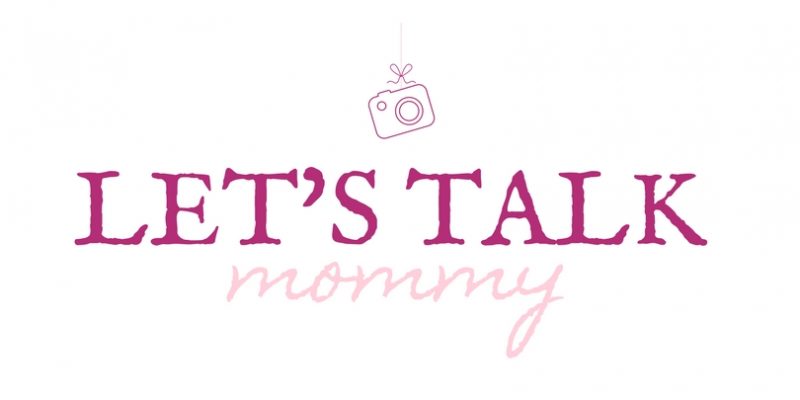Last updated on July 3rd, 2024 at 11:28 am

Ensuring the safety and security of your iPhone and Apple devices is crucial to prevent unauthorised access to your personal information. It’s a common misconception that all data is easily accessible; some require more effort to breach. Shockingly, Apple users, particularly those with iPhones, are 167 times more susceptible to hacking than other device users (source: The Economic Times). With a staggering 1.4 billion iPhone users worldwide, the risk of being hacked is alarmingly high.
As an iPhone user, what can you do to help minimise your risk of being hacked?
Update Your iOS Software.
Updating your iOS software is a powerful step towards enhancing your device’s security. Apple consistently releases software updates to address security issues, bugs, and fixes they have identified since the previous release. These updates are not just important, they are essential for maintaining the integrity of your device and rectifying any vulnerabilities that hackers may exploit. By following these steps to update your software promptly, you are taking a significant stride towards securing your device: Settings>General>Software>Updates.
Set A Strong Passcode
Setting a strong passcode is your first line of defence. Avoid using easy-to-guess passwords or codes you use for other things, like your debit card PIN. Don’t even consider 1234 or patterns like 0000, 7788, etc. Make it random, complex, and longer. Six digits work better than four, and a mix of alphanumeric codes is even stronger.
Activate Face ID
Activating Face ID on your iPhone is a smart move. It adds an extra layer of security to your device. If your phone is locked and someone tries to access it, they’ll need your face or your password. The more barriers you have, the more secure your iPhone will be.
Check App Permissions
Always check app permissions, especially when installing new apps that don’t come from legitimate sources. Check the access they have and revoke any access you deem unnecessary, or even delete the app if you’re unsure of its safety or credentials. The more you know about who or what can access specific details, the easier it will be to secure your information.
Use Safety Check
Safety Check is a tool available on iOS 16, or later that can help you add additional security to your phone if you have 2Fa activated. You must be signed into Settings (setting>your name>) to access Safety Check. You can go to Settings> Privacy and Security Check> Safety Check.
Disable Lock Screen Notifications
If you have lock screen notifications that pop up, this can alert people to the ongoing activity of your phone and your detals. So, if you are in the vicinity of someone who is trying to steal or hack your phone, you make it easier for them. It might seem like a small, insignificant detail, but it can be a helpful tool to increase your privacy.
Backup Details
Having your information backed up allows you to regain access to everything in the event of a loss of your iPhone, a breach of your data, hardware issues, or software failures. If you will be lost without your iPhone, you must back everything up. Regular backups, whether done manually or automatically, can ensure you can keep your data safe and access it in the event of any issues.
Only Use Secure WiFi
Using secure WiFi can eliminate the unknown when connecting to WiFi when out and out. While it’s handy to log onto free public WiFi, these networks are often unsecured and can leave you and your phone and your data at risk. Prevent this by only logging onto secured networks, networks you trust, or using a VPN to add an additional layer of security to your browsing when you are out and about. The more you know about the risks of using public WiFi, the easier it will be to stay protected. If you feel your data has been compromised, sign up for public WiFi. You can change your IP address to help you increase safety if you are not using a VPN. This article can show you how to find ip address on iphone for additional security.
Don’t Click Links
Lastly, avoid clicking links from sources you are unfamiliar with or urging you to add protection to prevent hacks. Always verify the sender’s legitimacy before clicking the link. Look out for standard identifiers for scam texts and emails, and never access your account for anything using a link from an unknown source. Always log in via your usual route for added safety. Clicking these links can lead to you being hacked and your data being stolen, putting you at risk of identity fraud.
Protecting yourself as an iPhone user against fraud means being proactive about knowing the risks and the solutions you can implement to minimise them. These tips can be great places to start adding more protection to your iPhone and browsing habits.






